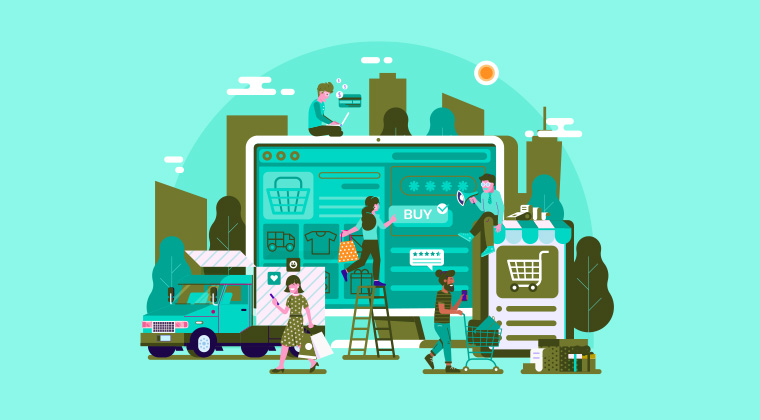Behavioral economics, popularized by Nobel Prize winner and award-winning author, Richard Thaler, opens our eyes to the unseen forces that shape our day-to-day life. We were inspired to adapt this research to consider how a consumer’s decision-making process runs parallel to that of a donor.
What do Socks and Donations Have in Common?
Donors are also consumers. When people give, they aren’t purchasing a physical item or even a service—but they are making a hopeful investment. And just as a consumer reflects on a purchase, a donor will often deliberate over a gift. That said, giving is not buying. While the act of making charitable donations does activate the “reward areas” of the brain—a feel-good effect, dubbed the “warm glow”—giving is an act that supports a greater cause, a common good.
Differing Behaviors in the Hierarchy of Gifts
- Level 1: Just as a consumer may prefer to make an everyday purchase—such as a pair of socks—with little to no human interaction on Amazon, a donor will often make a modest, spontaneous gift online.
- Level 2: For a more meaningful purchase, like a car or fridge, the consumer might perform hours of independent research, but there will be a single human interaction at the end of the process. These consumers’ behaviors are comparable to a “mighty middle” donor society.
- Level 3: Major, episodic purchases (or gifts) require the intense involvement of one or two advisors. Like a realtor in the home-buying process, a major gift officer might offer counsel to a prospective donor during a campaign.
- Level 4: The biggest bets—such as selling a business or making a transformational gift—require a posse of advisors. This level represents highly committed donors whose once-in-a-lifetime gifts are often the focus of an entire team in the development office.
Building the Message
Put yourself in the shoes of a donor. You would likely spend more time and energy on higher-investment decisions. As a result, you need varying levels of information and support in order to take action—which is where messaging comes into play. At each level of giving, you should receive different messaging that shows you the role your donation plays.
Fundraisers who articulate relevant and engaging messages can provide the right amount of support that your donors need.
Level 1 (Sock Level):
Role: Community – “You are part of a greater movement; together, we can continue to make our community a better place.”
- These simple and straightforward messages quickly engage a donor.
- Example: “Feel good by doing good and give today. Your gift makes a world of a difference in the local community.”
Level 2 (Car Level):
Role: Serve – “Your donation serves the needs of our clients by investing in a proven approach.”
- Car-level messages are substantiated by concrete evidence, appealing to a donor’s personal values and giving priorities.
- Example: “Our track record proves that with every gift you make, 92% goes directly to the cause you love. That’s among the highest in the industry. Your donation supports a proven approach to changing lives.”
Level 3 (House Level):
Role: Impact – “Your investment will make the difference.”
- High-net-worth donors adopt agentic self-concepts, striving to stand out from others and to “master the environment on their own.” Emphasize agency: share with a donor that s/he is part of a small group of individuals whose gift could anchor a campaign, and have a significant impact on your organization’s work.
- Example: “It isn’t every day that you have the opportunity to make an impact this big. Your gift will be the tipping point to create a new center that changes lives for thousands of youth. The proof is in the prospectus. Let’s discuss your role.”
Level 4 (Selling A Business Level):
Role: Transform – “Your investment will fundamentally transform the way we are able to work; it will revolutionize the sector.”
- Transformational gifts require dynamic, captivating messages—and “big ideas” worthy of such powerful investment! These donors are deeply devoted to the cause, have long and trusted relationships with your organization, and are ready to make an investment that will live on for generations. Emphasize the enduring nature of their impact—this is not just a gift for today or for tomorrow; this is a gift for a lifetime and beyond.
- Example: “You’ve worked your entire life to make a difference such as this. Now, your leadership and investment will change lives for generations to come. We’re committed to ensuring the smartest possible investment in your community and your legacy.”
What this means for your next campaign
Robust campaigns need behavior and messaging to work in tandem. Striking the right balance ensures that a donor feels understood and appreciated for their personal investment. Take the time to empathize with your donors, align your messaging, and create multiple opportunities for donors to engage with your cause at varying levels.
If you’d like more information about the role of behavioral economics in fundraising, please contact us at (614) 437-3000 or [email protected].





